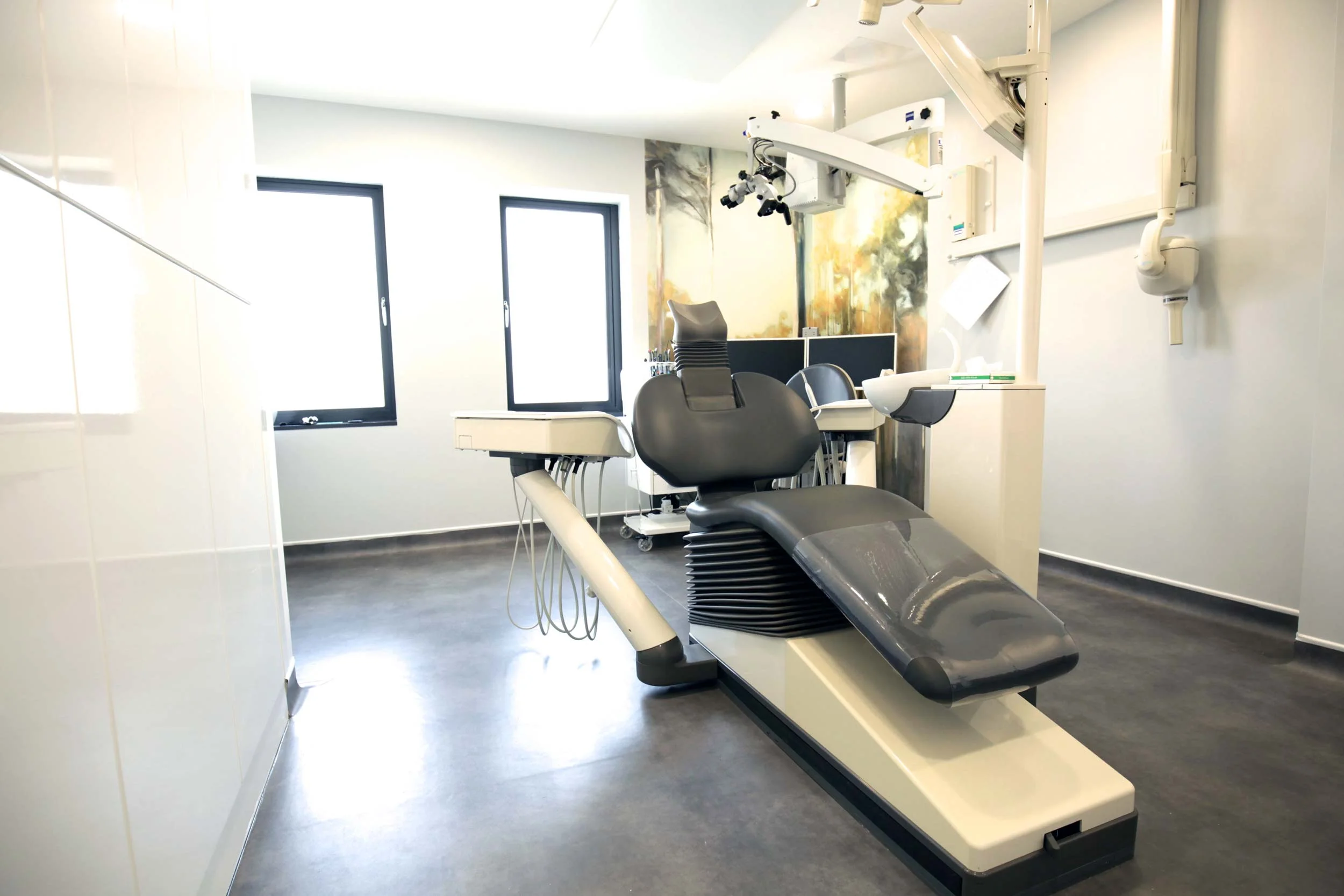At Dove Holistic Dental Centre we are in accord with the Minamata Convention on Mercury. The Minamata Convention on Mercury is a global treaty to protect human health and the environment from the adverse effects of mercury
We, therefore do not place mercury fillings. Although we recognise that the removal of mercury fillings will not necessarily guarantee a change in the health status of patients, mercury can nonetheless produce serious side effects in susceptible individuals. The British Dental Association has stated that 'about 3% of the population are estimated to suffer from sensitivity to one of the constituents of amalgam fillings', and we will do all that we can to help remove their mercury fillings safely.
Protection of patients, who are sensitive to mercury, from additional exposure to mercury released from amalgam, is of the utmost concern during the removal of mercury fillings. The goal of this procedure is to minimise any further exposure to mercury to this sensitive group.
In the removal and replacement of mercury fillings, we can follow the protocols recommended by the IAOMT (International Academy of Oral Medicine and Toxicology) and the British Society for Mercury-Free Dentistry for those patients that are sensitive to or believe they are at increased risk to mercury toxicity.
Briefly, these include the following precautions:
- Isolation of the treatment area, generally by a technique known as 'rubber dam.' The rubber dam catches all the pieces of old filling and dust created by the drilling
- Use of high-speed, water-cooled instruments
- Filtration of air for mercury, using a dedicated scavenger unit: we use the IQAir mercury filtration system which has been specially developed to deal with contaminants commonly found in dental environments
- External air delivered via a nasal mask for the patient is utilised to ensure the patient does not inhale any mercury vapour or amalgam particulate during the procedure
- Use of general protective coverings
At Dove Holistic Dental Centre, there is an effort to find biocompatible materials to use to reduce toxicity for everyone, especially the chemically sensitive. We can replace amalgam fillings with natural-looking bonded materials.

